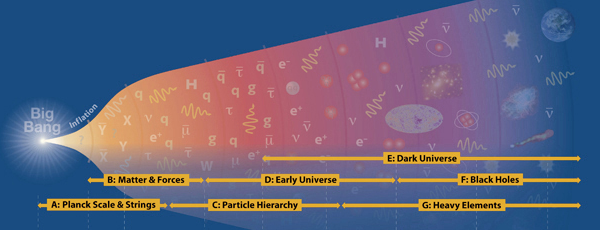Nucleosynthesis in the Innermost Ejecta of Neutrino-driven Supernova Explosions in Two Dimensions
Keywords
nuclear reactions, nucleosynthesis, abundances, stars: abundances, stars: neutron, supernovae: general
Abstract
We examine nucleosynthesis in the innermost neutrino-processed ejecta (a few {10}-3 {M}ȯ ) of self-consistent two-dimensional explosion models of core-collapse supernovae (CCSNe) for six progenitor stars with different initial masses. Three models have initial masses near the low-mass end of the SN range of 8.8 {M}ȯ (e8.8_s19 electron-capture SN), 9.6 {M}ȯ (z9.6), and 8.1 {M}ȯ (u8.1), with initial metallicities of 1, 0, and 10â_s08‘4 times the solar metallicity, respectively. The other three are solar-metallicity models with initial masses of 11.2 {M}ȯ (s11), 15 {M}ȯ (s15), and 27 {M}ȯ (s27). The low-mass models e8.8, z9.6, and u8.1 exhibit high production factors (nucleosynthetic abundances relative to the solar abundances) of 100â_s08“200 for light trans-Fe elements from Zn to Zr. This is associated with an appreciable ejection of neutron-rich matter in these models. Remarkably, the nucleosynthetic outcomes for the progenitors e8.8 and z9.6 are almost identical, including interesting productions of 48Ca and 60Fe, irrespective of their quite different (Oâ_s08“Neâ_s08“Mg and Fe) cores prior to collapse. In the more massive models s11, s15, and s27, several proton-rich isotopes of light trans-Fe elements including the p-isotope 92Mo (for s27) are made, up to production factors of ∼30. Both electron-capture SNe and CCSNe near the low-mass end can therefore be dominant contributors to the Galactic inventory of light trans-Fe elements from Zn to Zr and probably 48Ca and live 60Fe. The innermost ejecta of more massive SNe may have only subdominant contributions to the chemical enrichment of the Galaxy except for 92Mo.





